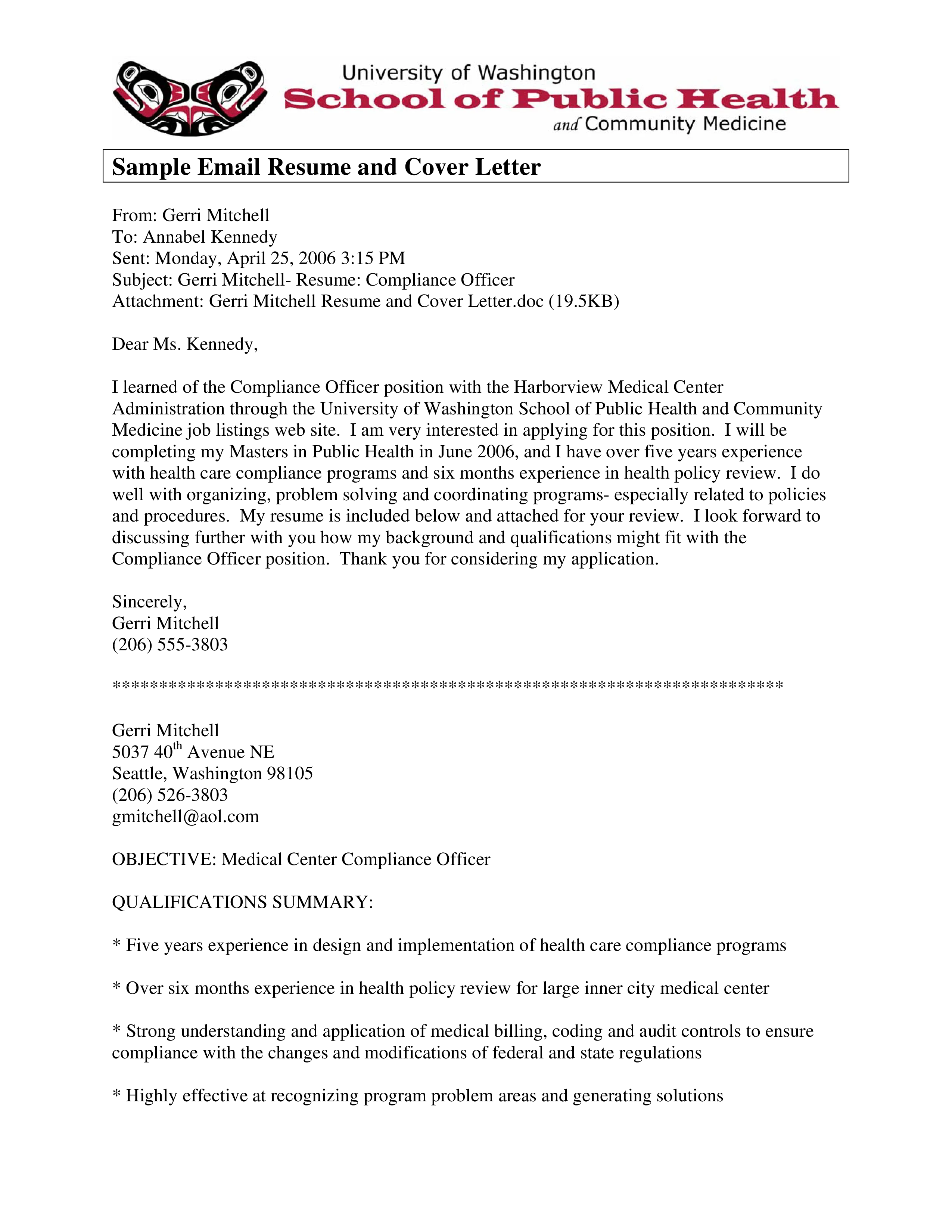Crafting a Compelling Email Subject Line
Your email subject line is the first impression you make on a potential employer. It’s crucial to get it right because a weak subject line can lead to your email being overlooked or, worse, deleted without being read. A compelling subject line is clear, concise, and directly relevant to the job you’re applying for. It should immediately communicate the purpose of your email and grab the reader’s attention. Think of it as your headline—it needs to entice the recipient to open and read the rest of your message. A well-crafted subject line sets the stage for a successful application and increases your chances of getting noticed in a crowded inbox. This initial step is essential for making a positive impact and moving forward in the hiring process.
Keywords in Your Subject Line
Incorporating relevant keywords from the job description into your subject line is a smart move. Many companies use Applicant Tracking Systems (ATS) to filter applications, and these systems often scan subject lines for specific keywords. By including these words, you increase the likelihood that your email will be seen by a human rather than automatically rejected. Use keywords naturally and avoid stuffing them in. For example, if the job posting mentions ‘Project Manager’ and ‘Agile methodologies,’ consider a subject line like ‘Project Manager Application - Agile Experience.’ This immediately tells the hiring manager that you meet key requirements. Always tailor your subject line to each job, ensuring it reflects the specific role and company.
Personalizing Your Subject Line
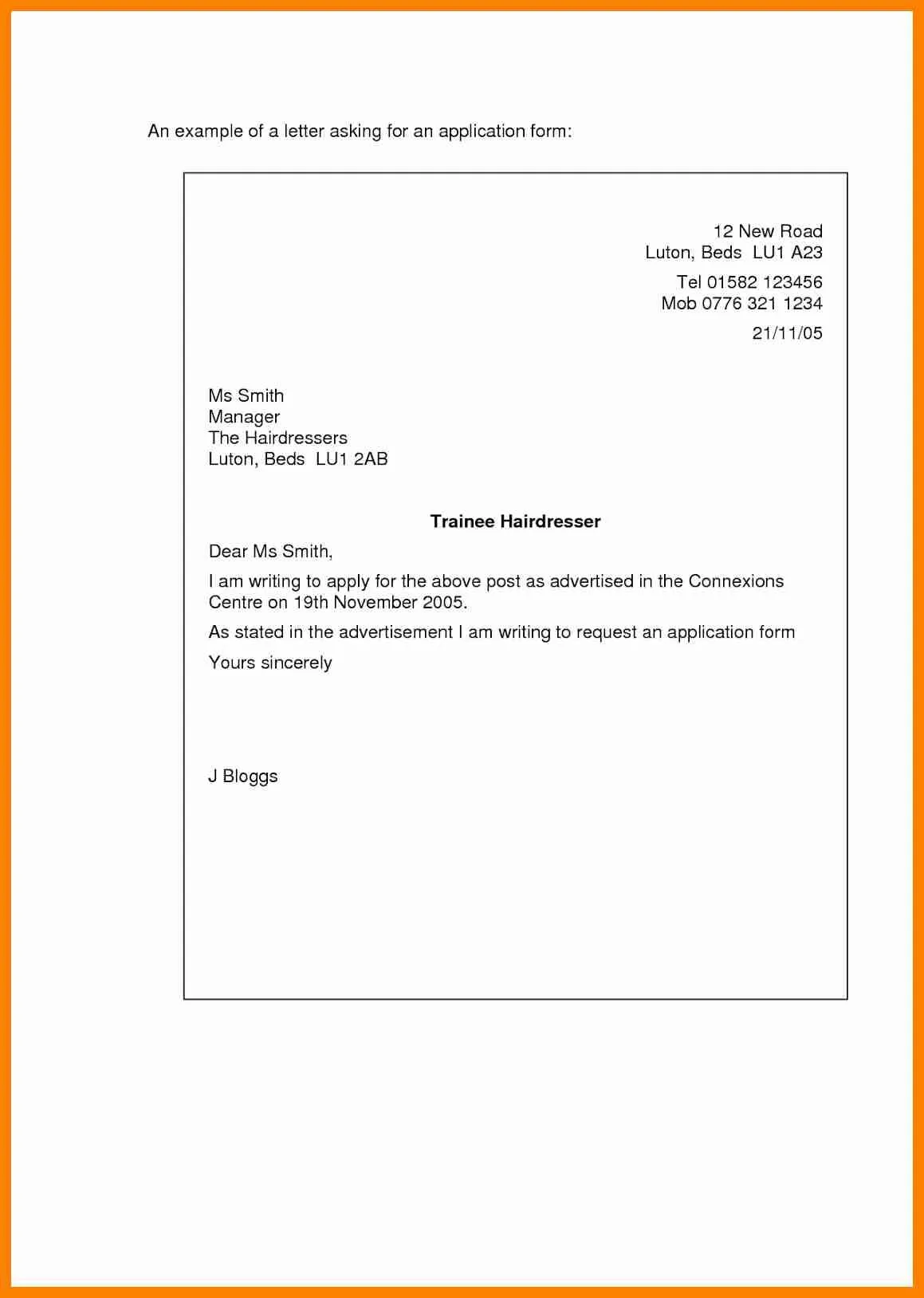
Adding a personal touch to your subject line can make you stand out. Instead of a generic subject line, try to personalize it whenever possible. If you know the hiring manager’s name (easily found on LinkedIn or the company website), include it if appropriate. A subject line like ‘Application for [Job Title] – [Your Name]’ is better than a generic one. If you were referred by someone, mention their name in the subject line—e.g., ‘Referred by [Name] – Application for [Job Title].’ This shows you’ve done your research and have a connection within the company, which can significantly increase your chances of getting noticed. Personalization demonstrates attention to detail and genuine interest in the opportunity.
Formatting Your Email Body for Impact
The body of your email is where you elaborate on your qualifications and express your interest in the position. Proper formatting is essential for making a positive impression. The email should be easy to read and professional in tone. Avoid long paragraphs and use clear, concise language. Structure your email logically, starting with a brief greeting and moving on to the purpose of your email (applying for the job). Then, highlight key skills and experiences that align with the job requirements. Always include a call to action, such as inviting the hiring manager to review your resume and cover letter, and expressing your availability for an interview. A well-formatted email body shows respect for the reader’s time and demonstrates your professionalism.
Professional Email Greetings
Your email greeting sets the tone for the entire communication. Start with a professional greeting, such as ‘Dear [Hiring Manager Name]’ or ‘Dear [Mr./Ms./Mx. Last Name]’. If you don’t know the hiring manager’s name, use ‘Dear Hiring Manager’ or ‘Dear [Company Name] Hiring Team’. Avoid informal greetings like ‘Hi’ or ‘Hey’ unless you have established a prior relationship with the recipient. Maintain a respectful and formal tone. This shows that you understand business etiquette and are taking the application process seriously. Always double-check the spelling of the name and the correct title to show attention to detail.
Concise and Clear Email Body
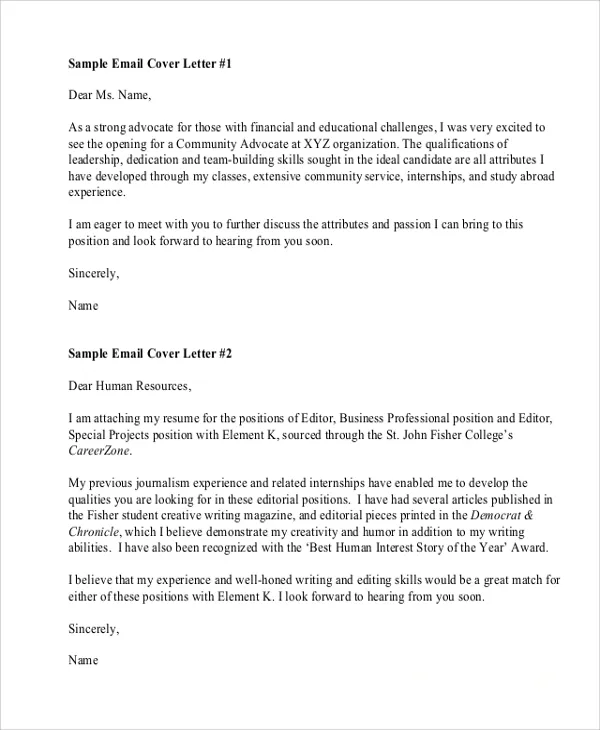
Keep your email body concise and to the point. Hiring managers often receive numerous applications, so they appreciate emails that are easy to read and quickly convey relevant information. Briefly introduce yourself, state the position you’re applying for, and summarize your key qualifications. Do not repeat everything from your resume and cover letter—instead, highlight a few key achievements or skills that directly relate to the job requirements. Use bullet points to make your points more scannable. The goal is to pique the hiring manager’s interest and encourage them to read your attached documents. Aim for a length of about three to five paragraphs, ensuring each point is clear and relevant.
Highlighting Your Key Skills
In the body of your email, focus on highlighting the skills and experiences most relevant to the job. Review the job description carefully and identify the key requirements. Then, choose one or two specific accomplishments or skills that directly match those requirements. Quantify your achievements whenever possible. For example, instead of saying, ‘Managed projects,’ say, ‘Managed a team of five developers to deliver three projects on time and under budget.’ This gives the hiring manager concrete evidence of your capabilities. This focused approach demonstrates that you understand the job’s needs and are a good fit for the role. It shows that you’ve tailored your application to this specific opportunity.
Attaching Your Resume and Cover Letter
Attaching your resume and cover letter correctly is crucial for making a professional impression. Always include these documents as attachments to your email, ensuring they are easily accessible and readable. It is important to format the attachments correctly and name them appropriately for clarity. This ensures that the hiring manager can easily find and review your application materials. Make sure to double-check that you have included both documents before sending the email, a missing attachment can be a critical error.
File Format Best Practices
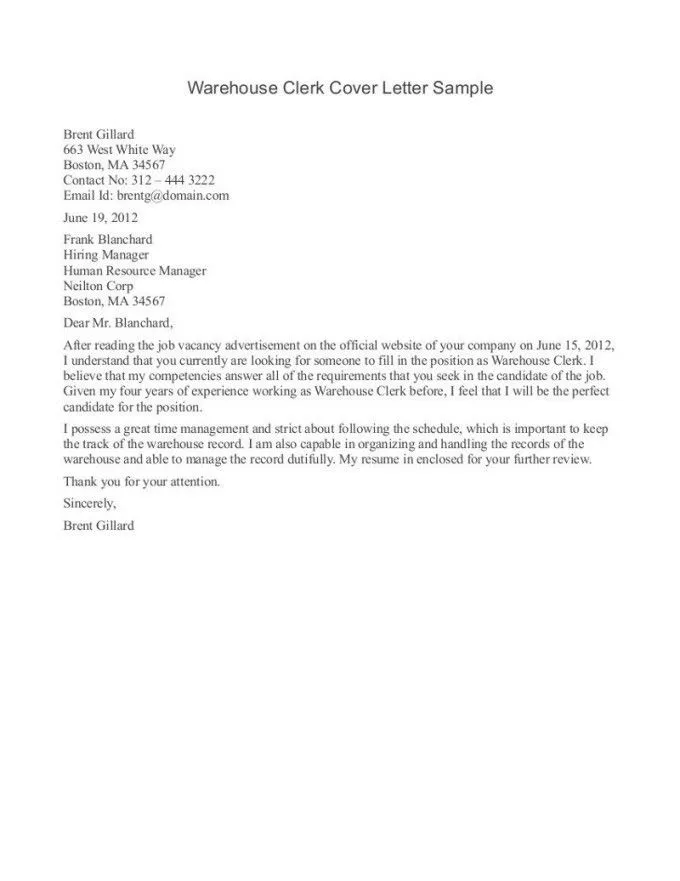
Use the correct file format for your resume and cover letter. The best practice is to save your documents as PDFs (Portable Document Format). PDFs preserve the formatting of your documents, ensuring that they look the same regardless of the recipient’s operating system or software. Avoid using Word (.doc or .docx) files unless explicitly requested in the job posting, as formatting can sometimes shift when opened on different computers. PDFs also protect your documents from accidental editing. This ensures that your application materials look professional and polished.
Naming Your Files for Clarity
Give your attachment files clear and professional names. Use a consistent naming convention such as ‘YourLastName_YourFirstName_Resume’ and ‘YourLastName_YourFirstName_CoverLetter’. This makes it easy for the hiring manager to identify your documents and keeps their inbox organized. Avoid using generic file names like ‘Resume.pdf’ or ‘CoverLetter.pdf’ as it can create confusion and can lead to your application being overlooked. When naming files, include your name and the document type to show professionalism and attention to detail, making your application stand out.
Proofreading Your Email Before Sending
Proofreading your email is an essential step in the application process. Errors in grammar, spelling, or punctuation can create a negative impression and undermine your professionalism. Take the time to carefully review your email body, subject line, and attached documents before hitting the send button. Read the email aloud to yourself, as this often helps catch errors that you might miss when reading silently. Consider using a grammar checker tool, but always review the suggestions and edits carefully to ensure accuracy. A polished email shows attention to detail and demonstrates that you take your job search seriously.
Checking for Typos and Grammatical Errors
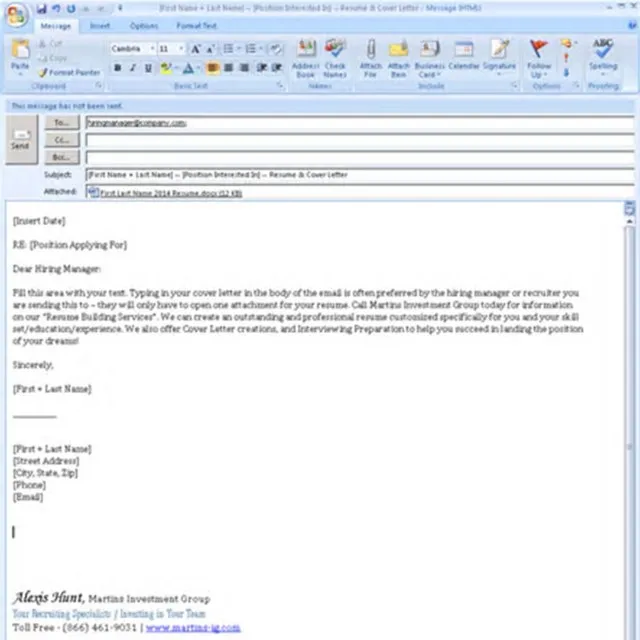
Carefully check for any typos or grammatical errors in your email. These small mistakes can detract from your credibility and suggest a lack of attention to detail. Review your sentences for proper grammar and punctuation. Ensure that your subject line and email body are grammatically correct and that all words are spelled correctly. If English is not your first language, consider asking a native speaker to proofread your email. Errors in these areas can be easily avoided with careful review. A well-written and error-free email can significantly improve your chances of making a positive first impression.
Reviewing Your Contact Information
Double-check that your contact information is correct and up-to-date. Ensure that your email address is professional and that your phone number is accurate. Provide any relevant links, such as to your LinkedIn profile or online portfolio. Verify that your contact information is consistent across your resume, cover letter, and email signature. This ensures that the hiring manager can easily contact you if they are interested in your application. Missing or incorrect contact information can delay or even prevent you from being considered for the job, so this is a critical step.
Following Up After Submitting
After submitting your application, it’s appropriate to follow up with the hiring manager or the company. This demonstrates your continued interest in the position and ensures that your application has been received. However, it is important to strike the right balance—avoid excessive follow-ups, as this can be seen as annoying. The timing and method of your follow-up should be carefully considered, and always remain professional and respectful.
When and How to Follow Up
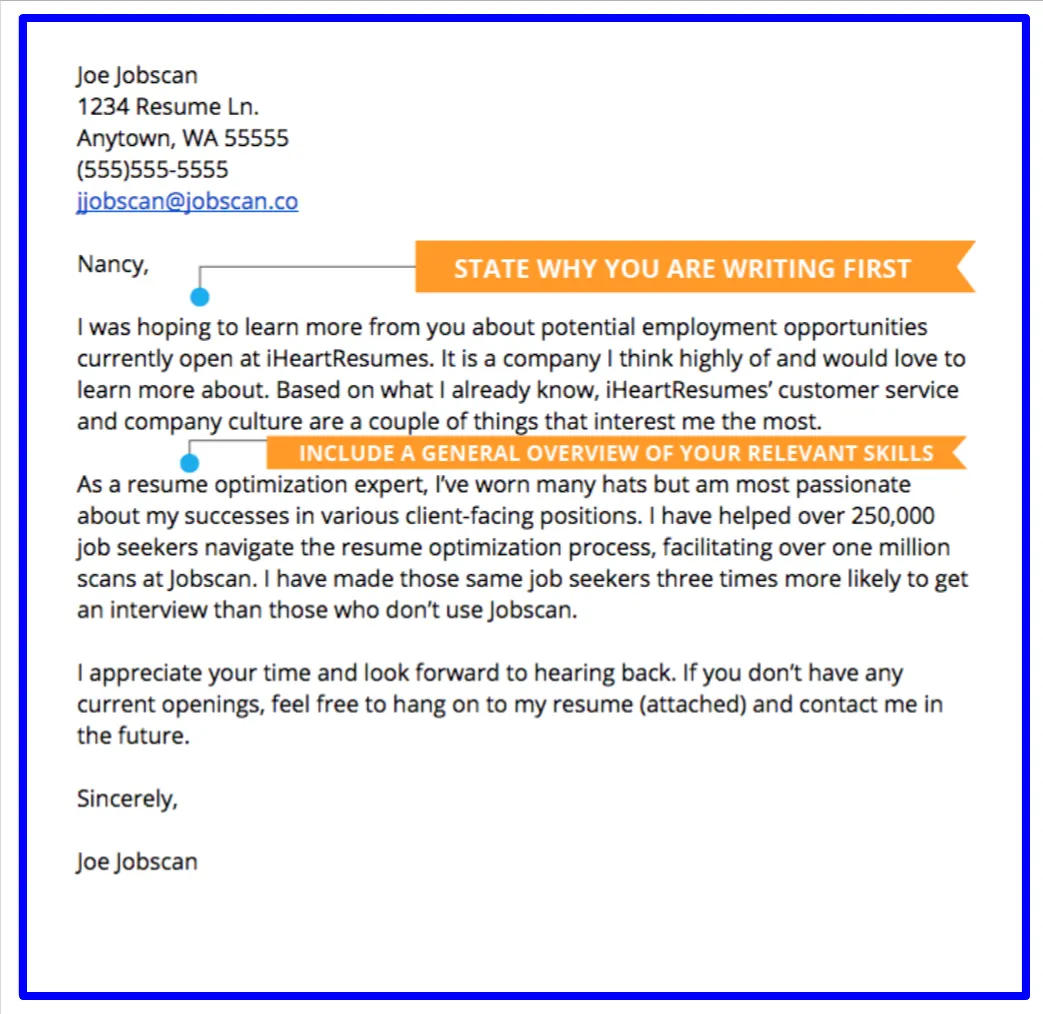
The best time to follow up is usually one to two weeks after submitting your application. If the job posting specifies a timeline or instructions for follow-up, be sure to follow those instructions. When following up, send a brief and polite email restating your interest in the position and referencing your application. You can also inquire about the status of your application and reiterate your qualifications. Keep the email concise and professional. If the job posting provides a contact email, send the follow-up to that address; otherwise, you may be able to find the hiring manager’s email on LinkedIn or the company website.
Avoiding Excessive Follow-Ups
Avoid sending too many follow-up emails, as this can create a negative impression. One follow-up email is usually sufficient, and if you do not hear back, it is unlikely that you will get the job. Consider the specific circumstances and the timeline of the hiring process. If the company is known for a lengthy hiring process, you can give it more time before following up. When in doubt, it’s better to err on the side of caution. It’s also important to be patient. Excessive follow-ups can make you appear pushy, and could damage your chances. Always maintain a professional demeanor.
